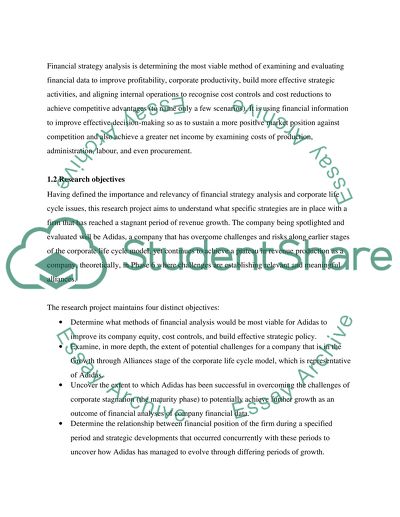Cite this document
(“Financial Strategy Analysis :A case study on ADIDAS Research Proposal - 1”, n.d.)
Retrieved from https://studentshare.org/finance-accounting/1633282-financial-strategy-analysis-a-case-study-on-adidas
Retrieved from https://studentshare.org/finance-accounting/1633282-financial-strategy-analysis-a-case-study-on-adidas
(Financial Strategy Analysis :A Case Study on ADIDAS Research Proposal - 1)
https://studentshare.org/finance-accounting/1633282-financial-strategy-analysis-a-case-study-on-adidas.
https://studentshare.org/finance-accounting/1633282-financial-strategy-analysis-a-case-study-on-adidas.
“Financial Strategy Analysis :A Case Study on ADIDAS Research Proposal - 1”, n.d. https://studentshare.org/finance-accounting/1633282-financial-strategy-analysis-a-case-study-on-adidas.


